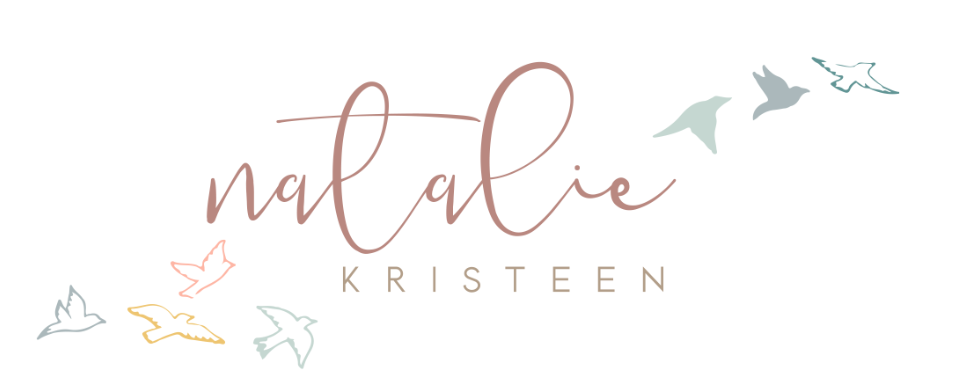Dear Mom New to Transracial Adoption, Fostering, and Parenting
Hi. I’m Rachel. Mom of four by domestic, infant, open, transracial adoption. Got that? It’s a real mouthful.
My husband and I entered the adoption community twelve years ago. I was newly diagnosed with an autoimmune disease (type 1 diabetes) and knew that having biological babies and enduring pregnancies wasn’t for me. So we chose a route (domestic infant adoption) after exploring all of our options, selected an agency, and got on the proverbial horse.
The homestudy process kept us busy: the fingerprinting, the background checks, the paperwork, the interviews, the home inspection. But it was all “hurry up and wait,” because waiting, well, it’s excruciating.
We had many profile showings (well over fifteen, I believe), and each of those showings was for parents expecting Caucasian boys. We assumed we were destined to parent a Caucasian boy, even though we were open to a child of any race and either sex.
Fourteen months of waiting ended suddenly when on a balmy Saturday afternoon, everything changed with a single phone call from our social worker. The baby was already here, and we should come now. We frantically packed our bags, called our bosses, and headed out-of-state.
The days that followed were a whirlwind of activity. Meeting at the adoption agency, going to court to obtain custody, phone calls with our lawyer, and finally, finally, going to pick up our daughter.
Then we had to wait out the ICPC process. (Basically, the state you’re adopting from and the state you reside in have to both give you permission to take the child home. This can take several days or even several weeks.)
During our stay in KC, we took our daughter out and about, usually in the protection of a baby carrier or a stroller. We were approached by many strangers who wanted a glimpse of our bundle of joy. They’d go from warmth to surprise when we’d unveil our daughter, with her large brown eyes, curly hair (which had already formed a full afro), and melanin-rich skin. She wasn’t the baby they expected to see when they approached two white parents.
Our entrance into the transracial adoption community was abrupt. Jarring.
We faced all sorts of questions that could be considered curious (“How do you do her hair?”) to downright rude and nosy (“Were her real parents on drugs?”). Most questions were based on my child’s (and her birth parents’) race: questions about their age, poverty, motivation to place.
It’s been a decade since we began our parenting journey, and here’s what I want you, someone new to this journey, to know:
You do not have to have it completely figured out, but you do need to be figuring it out. Your education as a transracial adoptive parent should never stop. It should continue from now until your dying day. This means not only listening to adoptees and learning about adoption norms (such as how trauma can change the brain, what adoptees need from their parents, etc.) but also about what your child of color needs. The best people to help you understand this are people who racially match your child.
Which means you have to invest in real, close relationships with friends of color. There is no substitute for putting your arms around someone, or them putting their arms around you, and having heart-to-heart, face-to-face conversations about hair care, about racism, about cultural norms. You’ll ask questions like, how do you have “the talk” with your kids? What’s the best lotion to use in the winter? How do you talk to your kids about racism?
You also need to fill your home with books, art, music, toys, and other media that tells your children that they matter, that they are welcome, that they don’t need to change to fit someone else’s definition of what is OK and what isn’t.
You need to drive the extra miles, if need be, to make sure your child is among people who look like him or her: at church, in clubs and organizations, at the park, etc. You need to carefully select your child’s school. Maybe you need to move.
Everywhere you go, everything you do, race needs to be at the forefront of your mind. And you need to get real comfortable with being uncomfortable until you become comfortable, in a new light, again.
Being chosen to parent a child by transracial adoption or fostering is a tremendous honor and responsibility. You are the chosen one, and therefore, you need to rise to the occasion, every day, for the child you have been entrusted to raise and love.
Rachel Garlinghouse is the author of six books, including The Hopeful Mom’s Guide to Adoption: The Wit and Wisdom You Need for the Journey. She’s the mother of four children adopted via domestic, open, transracial, infant adoption. Rachel has written hundreds of articles and blog posts, educating hopeful and current parents on adoption-related subjects, and she’s appeared on CNN, MSNBC, NPR, CBS, and Huff Post Live. Learn more about her family on her blog, and connect on Facebook, Twitter, Pinterest, and Instagram.






